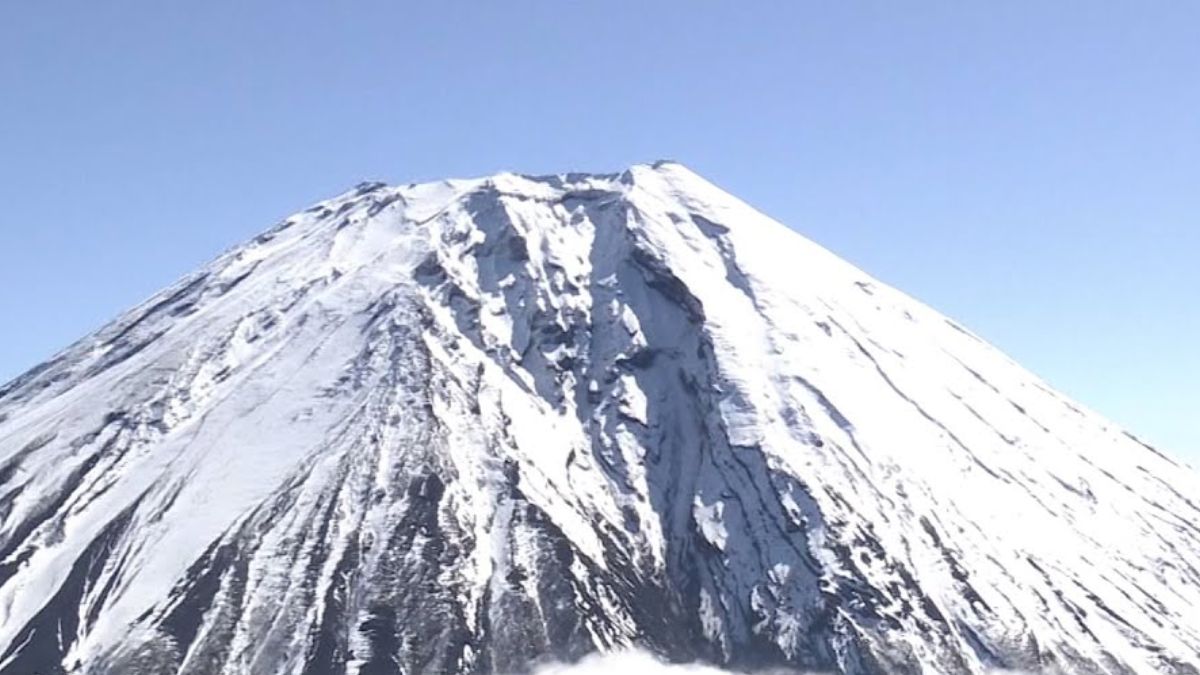 Image credit:Youtube.com
Image credit:Youtube.com
Japan in a move to safeguard its population and infrastructure, will introduce a new and enhanced ashfall forecasting system in preparation for a possible major eruption of Mt. Fuji. The initiative aims to address the potential impact of volcanic ash on Tokyo and surrounding areas, bolstering the nation’s readiness for one of its most significant natural hazards.
The Japanese government, in collaboration with meteorological and geological experts, has announced plans to deploy advanced forecasting technology capable of predicting ashfall patterns with greater precision. This new system will use state-of-the-art satellite data and modelling techniques to provide more accurate and timely forecasts of volcanic ash dispersion.
The primary objective of the enhanced forecasting system is to better prepare Tokyo and its vicinity for the consequences of a large-scale eruption. Mt. Fuji, an iconic and active stratovolcano, poses a significant risk due to its proximity to Japan’s capital and densely populated areas.
Tokyo, a city of over 14 million residents, is particularly vulnerable to the effects of volcanic ash. Ashfall from a major eruption could disrupt transportation, damage infrastructure, and pose health risks to residents. The new forecasting system is designed to provide early warnings that will help authorities implement effective mitigation measures, such as air quality controls, traffic management, and public health advisories.
The Japanese government’s preparedness strategy also includes updating evacuation plans and coordinating with local agencies to ensure a swift response in the event of an eruption. Enhanced communication channels will be established to keep the public informed and to facilitate timely evacuations if necessary.
Mt. Fuji has a history of volcanic activity, with its last major eruption occurring in 1707. The potential for future eruptions remains a concern for Japanese authorities, who have been working to improve volcanic hazard management in recent years. The new ashfall forecasting system represents a significant advancement in this ongoing effort.
